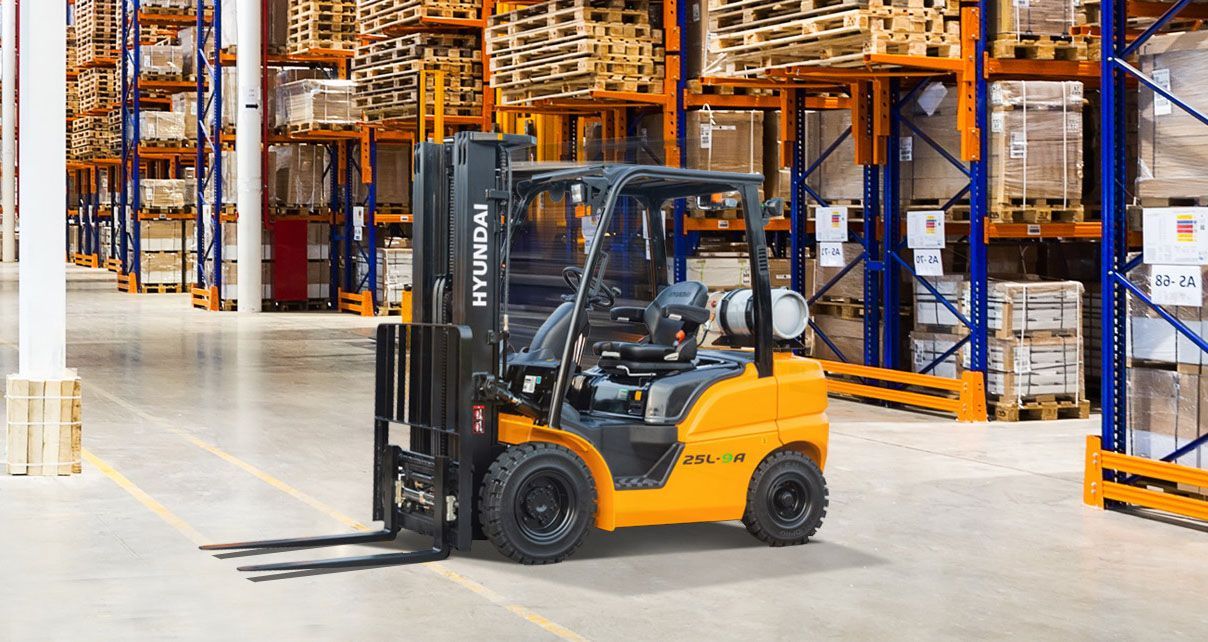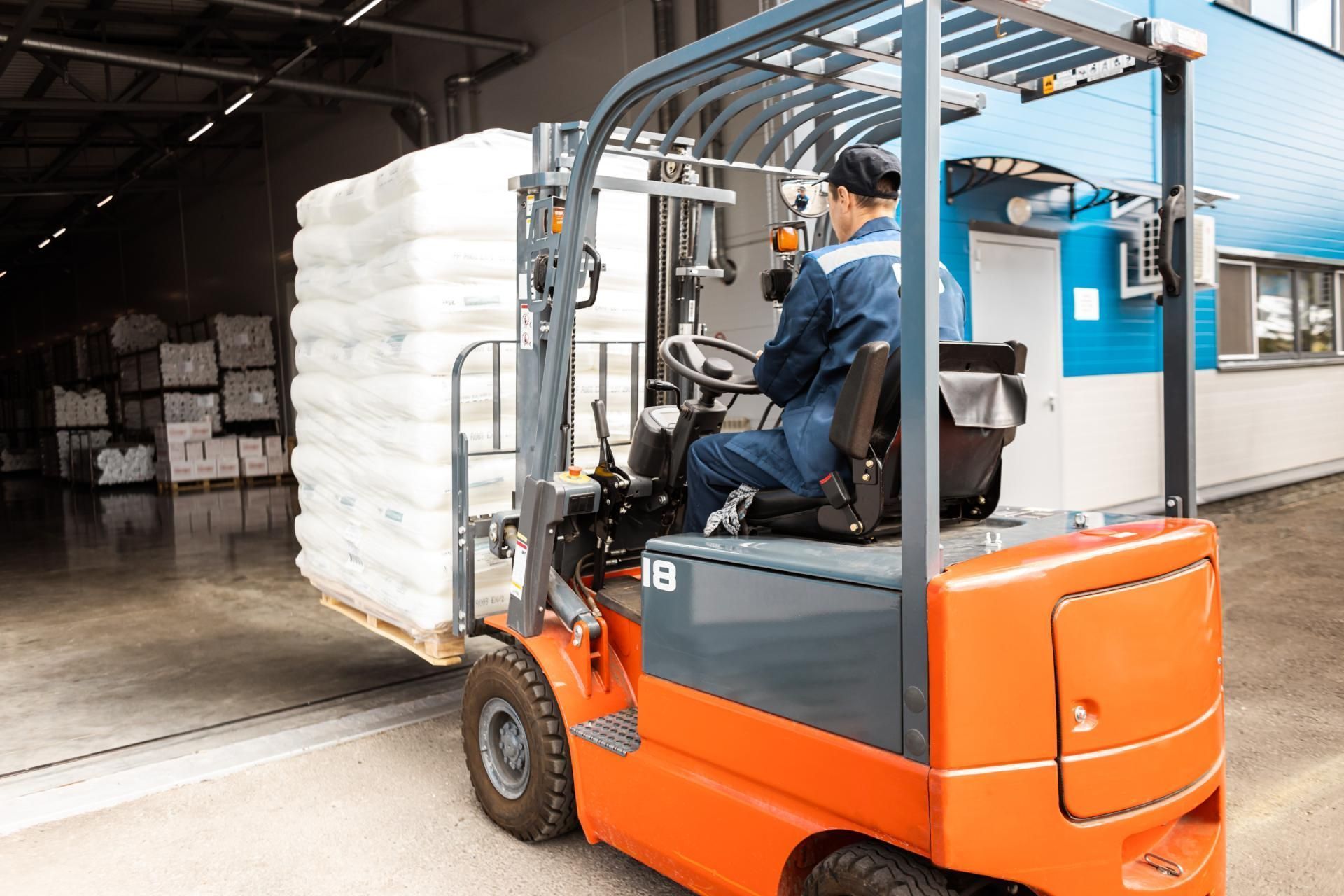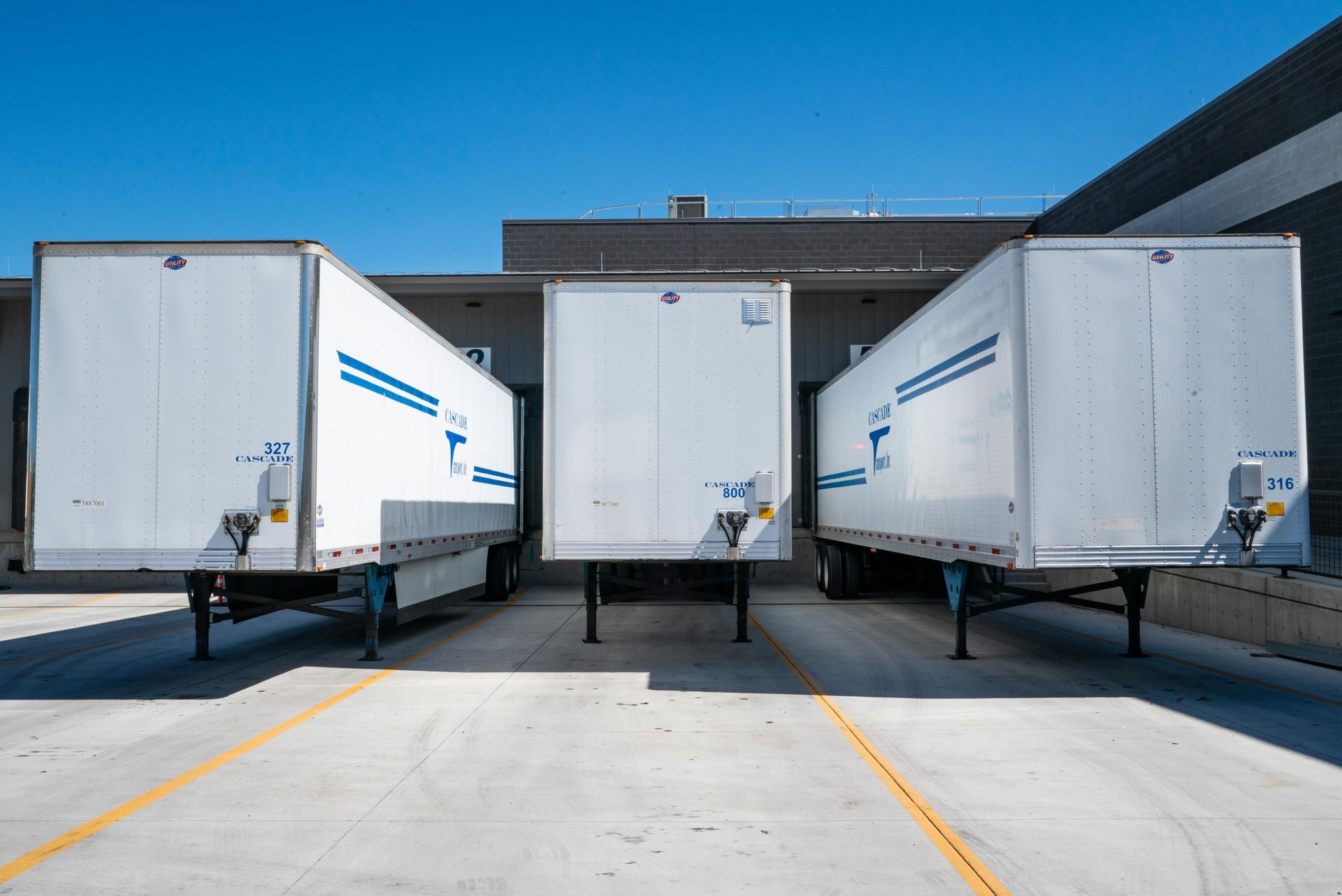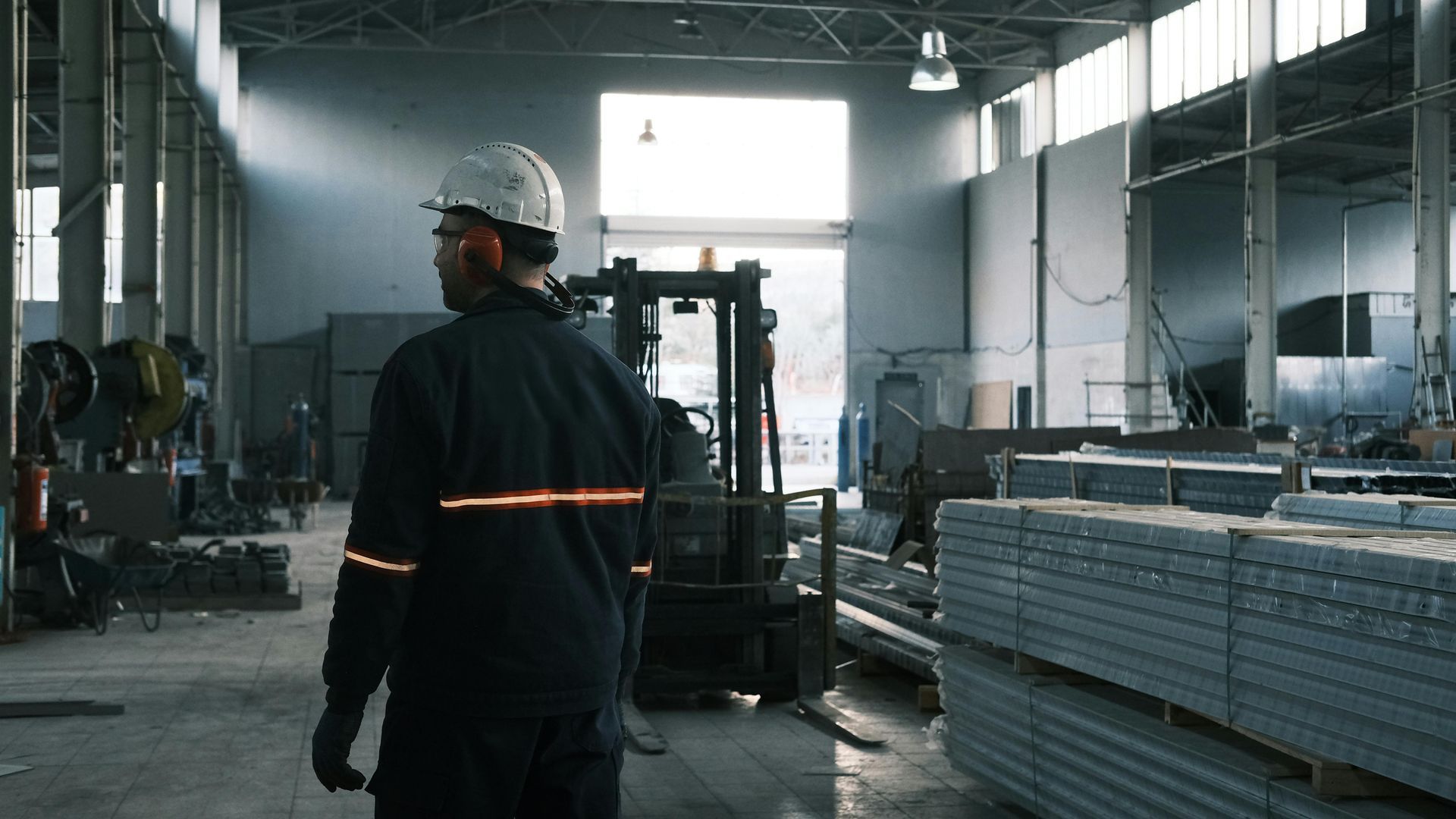Optimizing Your Warehouse Layout Using Forklifts
Businesses that aim to streamline their logistics processes must design a warehouse layout that maximizes space and operational efficiency.
An optimized warehouse layout ensures smoother operations, minimizes downtime, and increases overall productivity.
Forklifts, being integral to warehouse operations, play a crucial role in this optimization process.
Businesses can achieve a highly efficient warehouse that meets operational and safety requirements by strategically using the right forklifts and employing careful floor design.
Assess Your Warehouse's Current Layout
Before optimizing a warehouse layout, assessing the current setup is vital.
Note the flow of materials and identify areas that may cause delays or bottlenecks. A common issue in warehouses is a lack of proper space utilization, where equipment and products are stored inefficiently, leading to clutter and confusion.
Begin by mapping out your existing layout and evaluating several aspects of the warehouse.
- Aisle width: Are the aisles wide enough for forklifts to operate safely and efficiently?
- Storage systems: Are pallets and products stacked in a way that maximizes vertical storage?
- Product flow: Is the layout designed to minimize the distance forklifts need to travel to pick up and place items?
Understanding the existing flow of the warehouse and its systems will help you determine what changes are needed and how forklifts can effectively improve them.
Optimize Aisle Width for Forklift Maneuverability
One of the most critical considerations in warehouse layout is aisle width.
Aisles must be wide enough for forklifts to maneuver safely, but not so much that they waste valuable space.
Narrow aisles are a popular choice for optimizing space but have challenges. They require specialized forklifts designed for tight spaces, such as narrow aisle forklifts or reach trucks.
Consider the following when planning aisle widths:
- Standard forklifts require aisles at least 10-12 feet wide for safe maneuverability.
- Narrow aisle forklifts are specialized to operate in aisles as narrow as 6-8 feet.
- High-capacity forklifts, ideal for heavier loads, may require wider aisles to accommodate the equipment's size and weight.
If space allows, aim to create a balance between aisles that are wide enough for safe operation but not so large that they waste valuable square footage.

Utilize Vertical Space with Stacking Systems
Vertical storage is one of the most effective ways to maximize warehouse space. Forklifts can lift materials to greater heights, allowing for stacking goods and freeing up floor space for other purposes.
There are several strategies for using vertical space in your warehouse.
- High-rack shelving: Implementing high-rack shelving systems allows forklifts to lift materials to the ceiling, utilizing vertical space to store pallets and products.
- Mezzanine floors: If the ceiling height permits, mezzanine levels can add additional storage space without taking up valuable floor area.
- Push-back or flow racking: These systems allow for denser pallet storage and efficient retrieval. Forklifts can quickly load and unload pallets, improving storage density without sacrificing accessibility.
Keep in mind that the type of forklift used will affect how well you can access high-storage areas. Ensure that your forklifts have the necessary lifting capacity and that operators have the training to handle high stacks safely.
Optimize Product Flow and Forklift Routes
A key component of optimizing warehouse layout is improving product flow. The goal is to design a layout that minimizes unnecessary movements, reduces the time forklifts spend transporting materials, and ensures faster product turnover.
- Place fast-moving items closer to the shipping area: Products in high demand or requiring frequent picking should be located near the loading docks to minimize the travel time for forklifts.
- Group items by category: Similar products should be stored together to simplify the picking process and reduce the need for forklifts to travel long distances between different product categories.
- Clear pathways for forklifts: Ensure that forklift routes are unobstructed and marked; this will reduce delays caused by equipment or products blocking aisles.
Carefully plan forklift routes and traffic to prevent congestion. Consider adding more routes or assigning specific forklifts to different warehouse sections to optimize traffic flow.
Integrate Automation and Technology
In modern warehouses, automation and technology can further enhance layout optimization. Automated forklifts, or guided vehicles (AGVs), can be integrated into the layout to improve material handling and reduce human labor.
Additionally, warehouse management systems (WMS) can provide real-time data to optimize inventory and improve picking accuracy. These systems can also track forklift movements, monitor battery levels, and help ensure the effective utilization of forklifts.
Automated solutions are becoming increasingly valuable for businesses with larger warehouses or more complex operations. Automated forklifts can travel along predefined paths, automatically picking and placing items without manual intervention, significantly reducing congestion and increasing efficiency.
Safety First: Forklift Training and Signage
No matter how efficient the design of your warehouse is, safety should always be a priority.
Forklifts are powerful machines, and improper use can lead to accidents and injuries. Operators should receive proper training on navigating the warehouse layout.
- Safe driving practices, especially in narrow aisles and high-traffic areas
- Correct lifting and stacking techniques for heavy loads
- Emergency procedures and hazard identification
Ensure your warehouse layout includes appropriate signage and safety barriers to protect workers, including traffic flow signs, speed limits, and clear markings for forklift zones.

Work With Benco Industrial Equipment
Optimizing your warehouse layout using forklifts involves thoughtful planning and strategic use of space.
By assessing your current layout, optimizing aisle widths, utilizing vertical space, improving product flow, and integrating technology, you can create a warehouse that maximizes efficiency and reduces operational costs.
Forklifts are essential in achieving this goal, and with the right equipment and layout, your warehouse can operate at peak performance.
Our Benco Industrial Equipment team offers personalized assistance and consultation to help you find the best solutions for your warehouse needs.
Contact us today to explore our range of industrial equipment and services and take the first step toward improving your warehouse operations.




